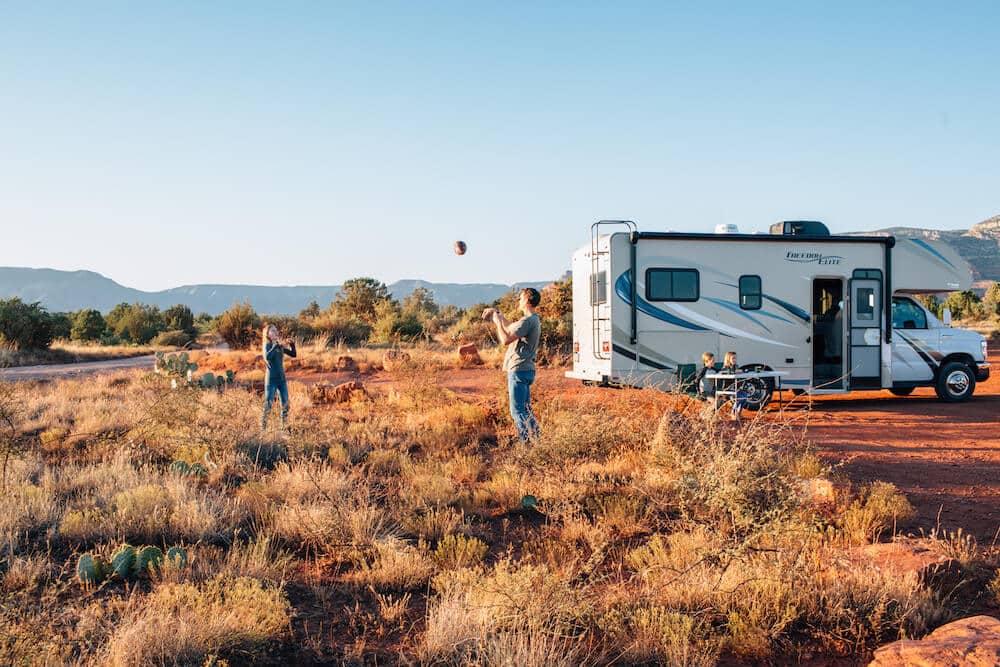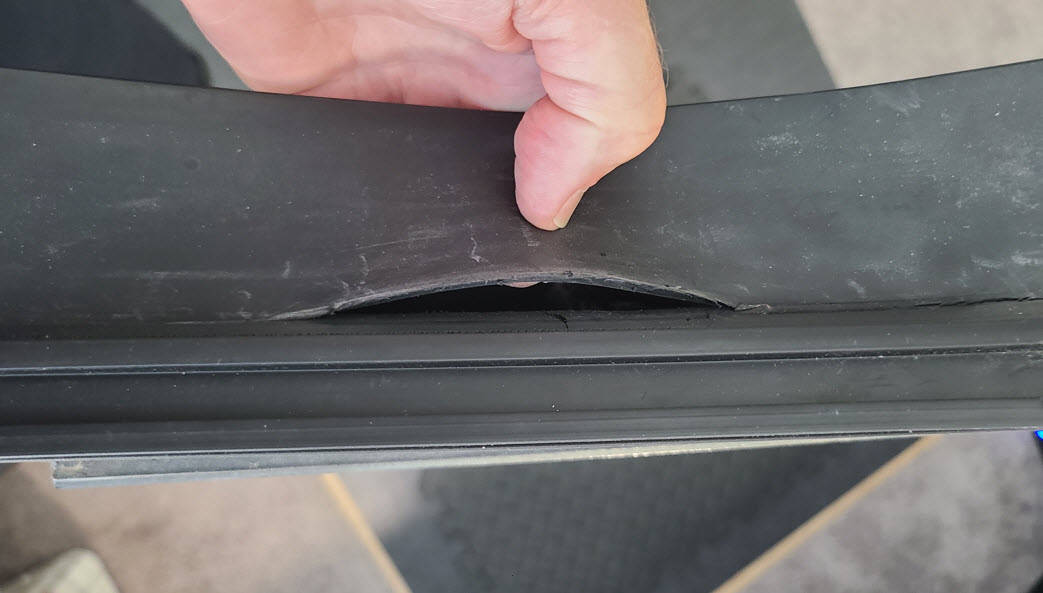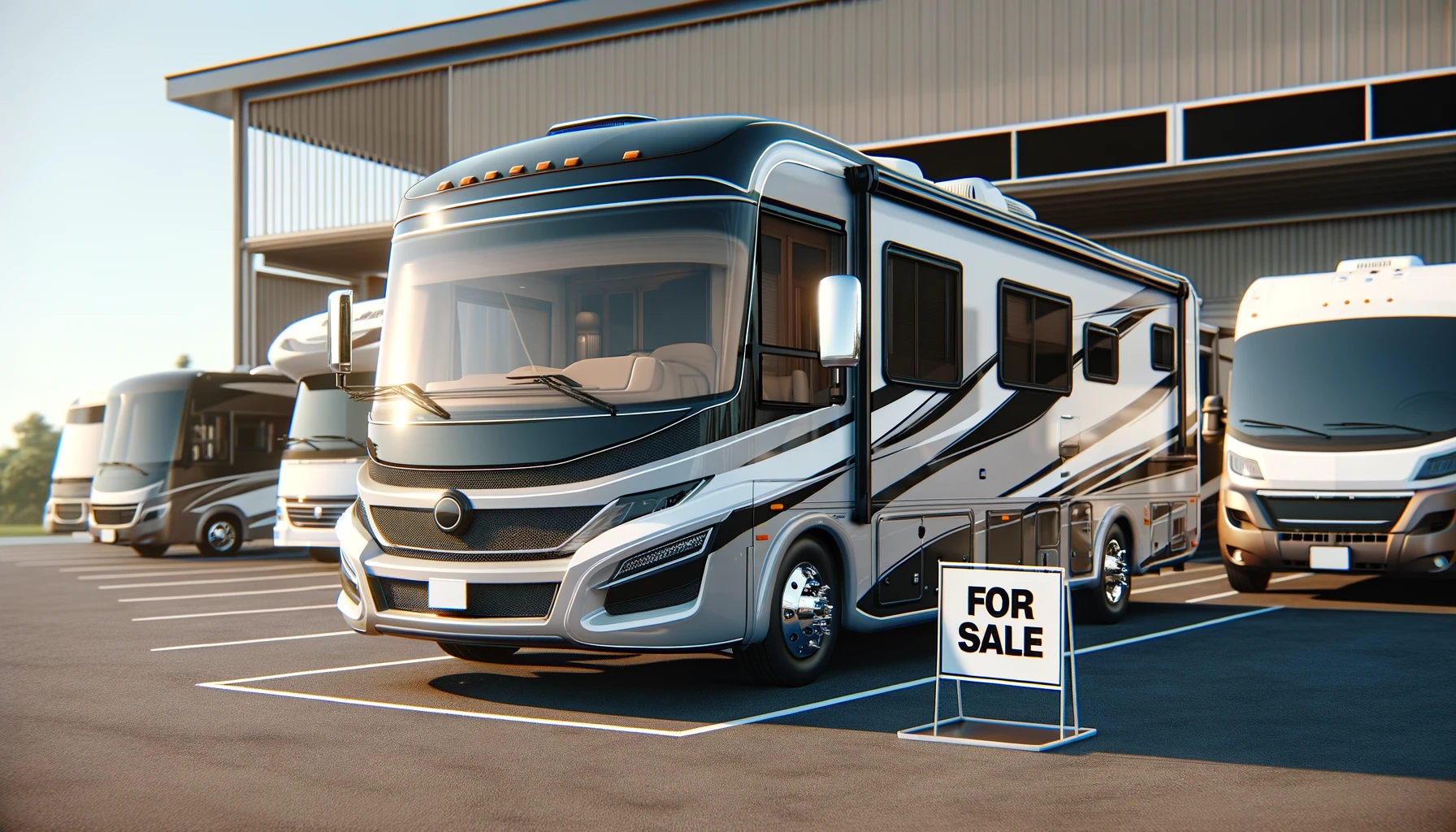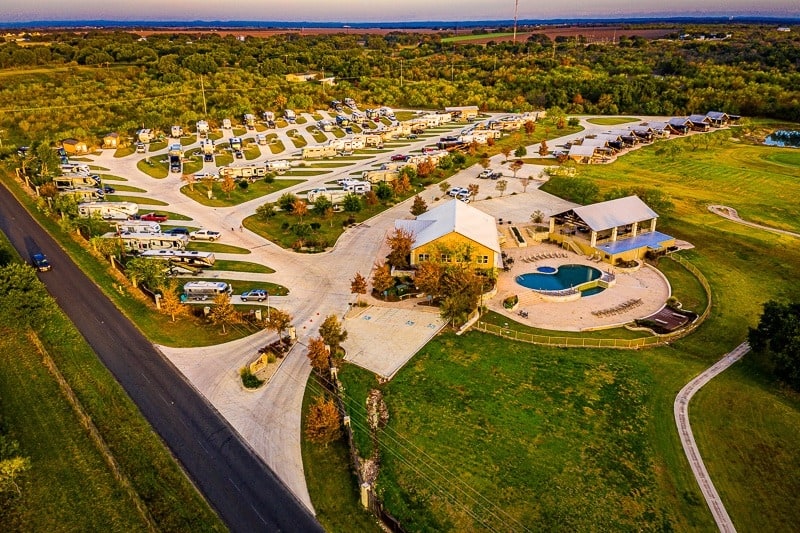Traveling by RV to tour the great outdoors anytime you want sounds like the privilege of a lifetime. It might even be one of the reasons you’ve decided to travel by RV despite the challenges you would have to take on.
Many choose to head to National Parks – which is understandable because they’re inexpensive and accessible and can be great starting points for those still getting used to the lifestyle.

RV visits accounted for over 2.5 million overnight park stays before COVID-19 hit, according to statistics from the RV Industry Association (RVIA).
They have also predicted that 2022 will be its best year on record, with over half a million new RVs expected to be shipped to families across the US. But as easy as it sounds, going on your first RV trip to a National Park requires much more planning than you’d expect.
In this article, we’ve compiled ten important things to take note of to make your trip as smooth sailing as possible.
Look up the park you’re visiting
Start by taking the time to research and learn about the parks you’re planning on visiting. Each park has a different environment and has its unique set of rules.
Some parks are also more popular than others due to various reasons. For instance, Smokey Mountain National Park is very popular because it is close to large cities.
At the same time, the Guadalupe Mountains National Park isn’t as popular despite its incredible views, as it is much more difficult to reach. Because of this, some parks can be a bit stricter, and others a bit laxer.
It’s okay to ask questions
In line with our previous point, don’t forget that asking questions is fine. Most National Parks will have all their important reminders listed online – but if you need further clarification, don’t hesitate to contact the National Park Service (NPS) regarding any costs, stay limits, security, dangers, and other concerns.
This can help you determine what size RV to use and what equipment you need to bring. The NPS website is also filled with useful information and an FAQ page, so there isn’t any excuse to be ill-informed.
Pick the best size RV
National Park campgrounds often have size limits for parking coaches, which is extremely important to note. Usually, class B and C units that are 25 feet long or less are allowed, while class A category RVs that start at about 30 feet can be restricted from some National Park roads.
As we mentioned in our post on ‘8 First-Time RV Trip Tips’, It’s also best to take the RV for a test ride to assess your comfort level when driving it. Ensure your RV is well-geared for the conditions at the National Park you’re considering visiting.
Shop around for RV rentals
If you cannot afford an RV, consider renting one first. There are hundreds of RV rentals nationwide, so take your time and shop around before committing to renting one.
Companies will also have their niches. Cruise America, for instance, is known for its motorhome options, while Outdoorsy offers RVs that range from cheap to luxury, Airbnb-type vehicles.
You might also want to check out providers that cater specifically to road trips in areas such as California, Los Angeles, and others.
Keep track of the weather forecast
While this may seem a bit too obvious, many RV campers forget that the weather can play a major part in your travel plans.
Some also choose to push through with their trip despite bad forecasts. Most National Parks are located in areas with rugged terrain and roads that can be easily affected by the weather.
Plan for road closures, ice and snow, and high wind, and always prioritize your safety first. Don’t push through if authorities are saying that it’s unsafe.
This weather radio is affordable and has the features we recommend.
Respect park wildlife
It’s no secret that National Parks are home to thousands of plant and animal species – some even undiscovered. A post on National Parks by Love Holidays reminds visitors to be mindful and avoid disturbing wildlife as much as possible.
Parks will also fine or ban you if you disrupt the local flora and fauna. Keep food inside to avoid attracting animals, clean up after yourself, and if any dangerous creature enters your RV, it’s best to contact a park ranger to deal with it instead.
Brace yourself for crowding
Parks have begun to operate at full capacity now that restrictions have been lowered. Popular parks like Yellowstone, Canyonlands, and Grand Teton saw record-breaking visits this year, according to The Guardian.
With that, there is also an increase in the number of people who plan to bring an RV to the park. Crowding can prove to be a problem when finding suitable campsites.
Most parks impose a reservation system for RVs, so plan and reserve a slot well before your planned dates. You could also go for less crowded ones – this lets you enjoy more of nature as well.
Utilize available amenities
You should also make it a point to check the available amenities at the park of your choice. Some park campgrounds will have privately owned hookup campgrounds where you can stay for a fee, but most park campgrounds will not have many hookups or big rigs and will not allow you to run generators.
However, it’s important to understand that some bigger parks will have showering, laundry, and vault toilets available.
Some will also have shuttle systems to get visitors to key locations, which allows you to station your RV in a more accessible area.
Prioritize security
Many people are hesitant to visit National Parks in RVs due to their doubts about the overall security of the activity.
All parks will have rangers, so try to get the contact information of the ones stationed near you.
However, they can be quite hard to contact if you’re out of reach, especially if you stay in a faraway area. Always keep a first-aid kit in your RV and bring the necessary medications.
Other basic reminders would be to lock and secure valuables in your RV while away and be careful not to start forest fires.
Make sure you comply with park rules
We mentioned earlier that every park will have a different set of rules. As we pointed out in our “10 Reasons Why You Should Camp In An RV“, you might have a very flexible schedule and itinerary.
However, more popular parks usually only allow up to 14-day stays to give other visitors a chance.
Thankfully, some less crowded parks don’t impose a stay limit. It’s always best to research potential restrictions and cautions for driving RVs on National Park roads.
Final Thoughts
These tips might sound a bit daunting to first-time RV campers. But with enough experience, this will soon be routine.
There’s a reason why some people who’ve toured National Parks in RVs have turned into full-time nomads – some even end up purchasing their very own!
The sights you’ll see and the memories you’ll make will be irreplaceable if you keep these tips in mind.
For more useful RV-related information, check out our guides, tips, and maintenance articles here at RV Living.



